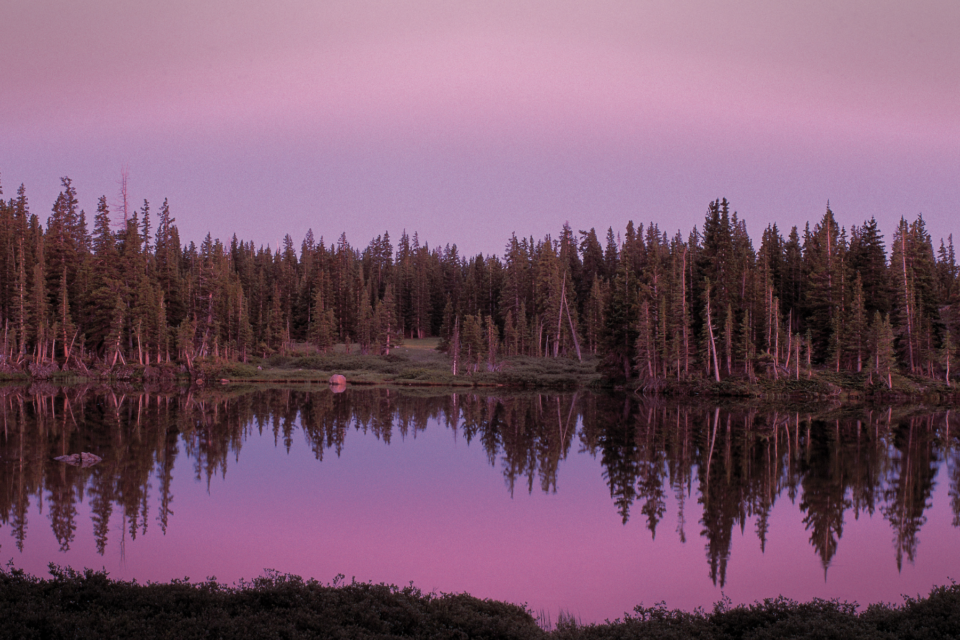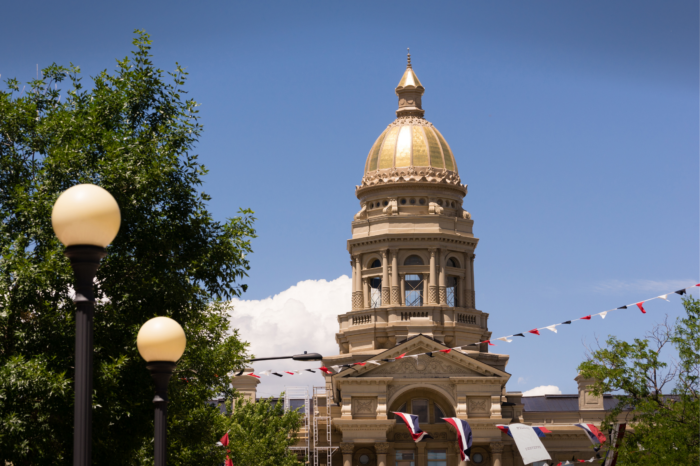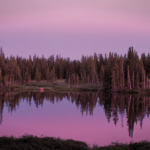Southeast Wyoming Restoration Project Receives Joint Chief’s Funding

The Valleys and Headwaters Restoration project in southeast Wyoming has been awarded $2.8 million in funds from the U.S. Department of Agriculture (USDA) Forest Service and Natural Resources Conservation Service (NRCS) to support landscape restoration through targeted forestry management.
The project is focused on the Medicine Bow National Forest and adjacent state and private lands in Albany and Carbon Counties. It is one of 17 new projects financially supported by the Joint Chiefs’ Landscape Restoration Partnership, which will help mitigate wildfire risk, protect water quality, improve wildlife habitat, and restore forest ecosystems over the next three years.
Valleys and Headwaters will involve federal, state, and local partners, as well as non-government organizations. The project proposal area is anchored around the 2020 Medicine Bow Landscape Vegetation Analysis (LaVA) National Environmental Policy Act decision. LaVA authorizes vegetation management for multiple resource objectives across 288,000 acres of the Medicine Bow National Forest. The partnership proposal also allows applicable work to be completed in locations outside of the LaVA decision area, such as on Pole Mountain.
Surrounding state and private lands will be included in the Valleys and Headwaters Partnership to create and maintain resilient landscapes, watersheds, habitat, and communities across boundaries. Along with the Forest Service, NRCS and Wyoming State Forestry Division were signatories on the partnership proposal.
The Valleys and Headwaters Landscape Restoration Partnership is named after three river valleys and important headwaters on both sides of the Continental Divide. The project area has been heavily impacted by insects and disease over the last two decades, and more recently by large high-intensity wildfires, including those experienced in the unprecedented 2020 fire season.
Restoration activities will help mitigate hazardous fuels; provide for human safety; protect municipal water supplies and infrastructure; enhance forest and rangeland resilience; provide forest products; enhance terrestrial wildlife habitat; restore streams and aquatic habitat; and conserve and improve management of irrigated croplands, rangelands, and irrigation water supplies. A full suite of activities will be employed to accomplish these goals, including prescribed fire, mechanical/hand fuels and habitat treatments, good neighbor authority timber harvest and thinning, aspen and shrubland treatments, meadow restoration, road rehabilitation, streambank stabilization, irrigation efficiency projects, and invasive plant management.
The USDA is committed to working across land ownership boundaries to reduce risks before disasters occur. Building on the recent announcement of the Forest Service’s 10-year strategy and implementation plan for confronting the wildfire crisis, USDA now is announcing more than $48 million of investments through the Joint Chiefs’ Landscape Restoration Partnership. Visit the Joint Chiefs’ webpage for full project descriptions and information on completed projects.
Information on the Medicine Bow National Forest may be found on our website or on the Forests’ Twitter and Facebook accounts.



